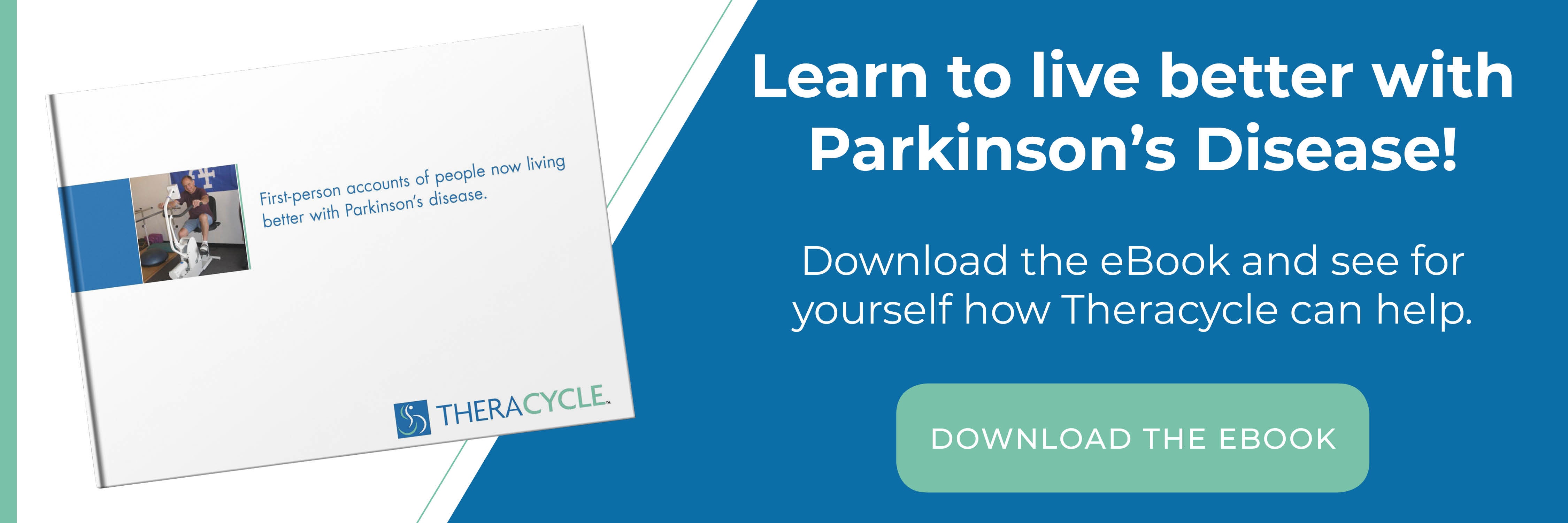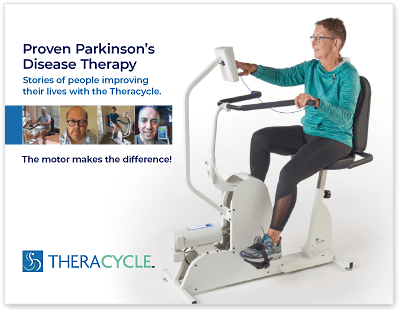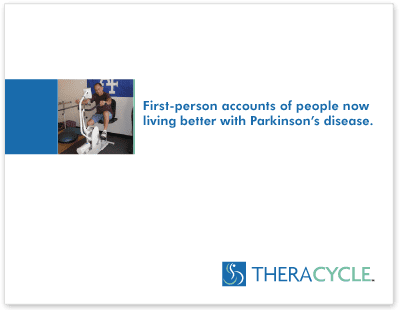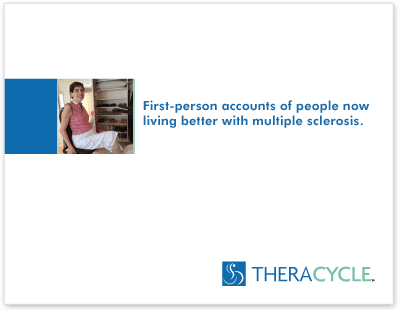- ›
- Stories
- ›
- Tips and Advice
- ›
- Parkinson’s Disease Care Plan: Crafting a Comprehensive Approach
Stories
Parkinson’s Disease Care Plan: Crafting a Comprehensive Approach

If you’re caring for a loved one who is living with Parkinson’s disease, you’re no stranger to the difficulties of this progressive neurodegenerative disorder. Symptoms can vary on a day-to-day basis, and on account of the “on/off” nature of the disease your loved one may appear fine one moment and need assistance the next.
When caring for a loved one with Parkinson’s, you’ll be working alongside them to develop a Parkinson’s disease care plan. This will help them stay accountable for their own health, take their medication regularly, and make strides toward increased independence.
As you work to create a Parkinson’s care plan, here are some of the things you’ll want to keep in mind:
What to Expect From Living with Parkinson’s Disease
Regardless of whether your loved one has just been diagnosed with Parkinson’s or have been living with the disorder for years, you should stay up-to-date on the disease’s symptoms, medication, and progression. Living with Parkinson’s can be a challenge. However, being informed of the ways the disorder affects your loved one will help you be better equipped to provide the best care possible.
Parkinson.org says it “takes time and ongoing education to learn the many symptoms of PD as well as the often-complicated medication regimens that offer the most symptom relief and improve quality of life.” With so many medications to look into and an ever-growing list of natural Parkinson’s disease treatments, it pays to invest some time into setting the right expectations for what living with Parkinson’s might look like.
“Caregivers and care partners face many challenges in caring for a loved one with Parkinson’s disease (PD),” ParkinsonsDisease.net says. “The disease impacts more than just the patient, and the care partner often has a significant level of responsibility in helping their loved one.” The trick comes from knowing what that responsibility should look like, especially since it can look differently at any given moment.
Every Parkinson’s Disease Care Plan Will Look Different
When it comes to developing a Parkinson’s disease care plan, you’re going to need to be flexible. Parkinson’s symptoms can take a variety of forms, including tremors, stiffness, slowness of movement, a loss of balance, and bouts of depression or anxiety. To develop the best Parkinson’s disease care plan, you need to make sure it’s designed for your loved one’s specific symptoms.
If they’re struggling to stay active, then do what Healthline recommends and “encourage them to get moving by taking a walk together every day. Or, sign up for a dance or yoga class together; both of these exercise programs are helpful for improving coordination.” If leaving the house isn’t something they’re up to, then look into some Parkinson disease home treatment options.
For example, a motorized exercise bike like the Theracycle can be an excellent tool for people living with Parkinson’s to get their bodies moving in a healthy and productive way. The built-in motor provides a forced exercise regimen that helps the user exercise for longer, and at a higher intensity, then they are able to on their own.
“People living with PD want to be as independent as possible, and it may be a struggle for the person with PD to allow assistance,” ParkinsonsDisease.net says. But with the right Parkinson’s disease care plan, you can help them reclaim their independence, motivation, and quality of life. There may not be a cure for Parkinson’s (yet), but that doesn’t mean your loved one can’t continue living a full and gratifying lifestyle.
To learn more about how the Theracycle is specially designed to help people living with Parkinson’s, reach out to us at 1.800.367.6712 today!








